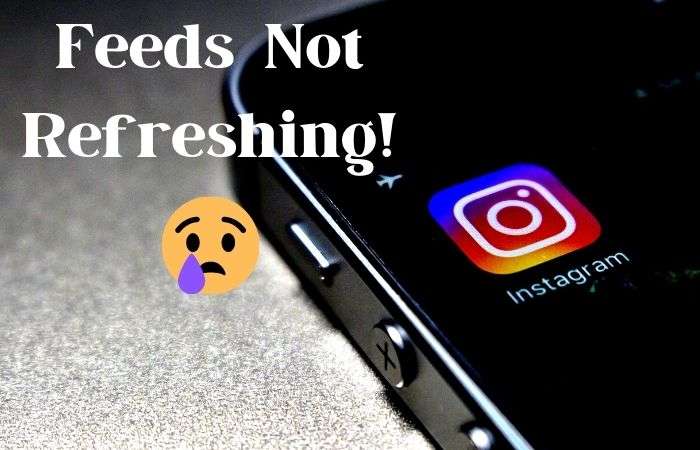The initial purpose of social media was to share posts from daily life, however, it evolved and became the main use for several businesses. For this reason, social media is not just about posting content, but about understanding how your content performs. That’s why, social media analytics comes into play.
In this beginner’s guide, we’ll give you an understanding of social media analytics. Let’s get started.
What Is Social Media Analytics?
It is the process of collecting and analyzing data and metrics related to your digital platform strategy from your social media campaigns. It helps social media marketers and users understand what online content appeals the most to their target audience so that they can design and adjust their marketing strategy accordingly.
You may be wondering where you can analyze social media metrics. Thanks to Views4You’s free ranking tool you can measure the performance of your content and gain insights about your growth. As a YouTube content producer, my social media marketing efforts became even easier when I started using Views4You’s tool.
Views4You is not the only social media management tool but talking about the others is not the subject of this article. Let’s take a closer look at what metrics are used for social media analysis:
Social Media Performance Metrics
To increase your performance on social media, you need to manage specific social media analytics metrics. Here they are:
Follower Count and Growth Rate
The first data you can get from the social media analytics report is follower count and growth rate. Your follower count provides actionable insights into your audience analytics, reach, and brand awareness. The power of social media channels to reach the masses has increased. Monitoring its growth rate helps you understand how well your content performs for your target audience.
Engagement Rates
Anyone who enters the social media world and especially aims for growth is lying if they say they are not doing this for engagement. Engagement metrics, such as likes, comments, and shares, indicate how your audience interacts with your content. The higher your engagement rate with social media strategies, the more your content expresses relevance and audience satisfaction because you’d understand what your social media audience wants and start producing content accordingly.
Likes: Several users like your content.
Comments: Feedback from your audience.
Shares: Shows how viral your content is and its reach.
All major social media networks already provide you with this most basic social media analytics data. If you want to be successful, all you have to do is interpret your social media data points correctly.
Traffic Sources and Visit Durations
One of the most important metrics that reveal the performance of social media accounts is traffic sources. Understanding where your traffic originates from and how long visitors stay on your page helps identify which platforms and content types drive the most engagement.
Conversion Rates and Sales
If you run your business through social media and your income comes from there, this is one of the most important metrics for you. Your goal of social media marketing should drive conversions and sales.
Analyzing conversion rates from social media channels helps determine the effectiveness of your campaigns in converting followers into customers. From these reports, you can understand which of your specific social media posts and influencer campaigns are well-performing and make improvements accordingly.
Use of Social Media Analytics Tools
Various social media analytics tools provide comprehensive data on your social media performance. These tools offer insights into audience demographics, posts’ performance, and campaign effectiveness. It would be better for you if you follow the steps below when using these social media software tools.
Understand What Data Means
It doesn’t matter which social media analytics tool you are using, the first thing you need to do is make sure it’s collecting data from reliable sources. Because if the data you receive is not accurate, it will be of no use to you.
However, it will be easier to find ways to improve your presence on various social media platforms with data that you are sure is accurate. Therefore, what you need to make sure of when using these tools is that the data is reliable and how much you can understand it.
Set a Goal
Having a goal allows you to identify areas of improvement and to measure your performance against your competition. These goals are not only for social media performance but also to measure the effectiveness of your social media efforts from a business perspective.
Focus on Reports
The easiest way to analyze your data is through reports. With the right social media analytics tool, creating a social analytics report should be as easy as pie. Ideally, you’ll have options for reporting regularly, social media analytics reports for specific marketing campaigns, or real-time analytics on a flexible dashboard with customizable reporting options. This gives you the best chance of extracting the most valuable insights from the data you have collected.
Follow the Trends
When it comes to social media, the most important thing you need to pay attention to is not to fall behind the trends. These trends are not just about your posts, but also how you obtain your reports.
Your social media analytics report lets you know exactly where to invest to get the most bang for your buck. You’ll be able to learn more about your customers’ behavior and spot trends in your own social media post data. Tracking your customers’ journeys from your social channels to the point of purchase should be intuitive for your team.
Focus on Improving Performance
The most important insight you can get from the reports of analytical tools is to increase your performance. Whether you’re improving your customer journey on your social channels, reducing customer friction when moving from social channels to your site, or closing the gap on customer inquiries, you’ll need to take action based on the knowledge you now have.
Keep Analyzing
You need to keep analyzing to get the most out of these social media analytics tools. A social media management platform can be a great way to get a better understanding of what customers are looking for and want, so make sure you can share your social media insights and repeat your analysis for the rest of your business.
FAQ
Should I Have a Social Media Strategy?
Yes, you should have a well-defined strategy. This strategy guides you to have brand awareness, a targeted audience, and growth. Having a well-established strategy makes you track how much you have reached your growth goal.
Do All Social Media Platforms Have Analytics Tools?
Yes, all major platforms offer social media analytics tools. You can track your activities, growth, and every information you need. Some platforms, like Facebook, offer more detailed insights than others. It is like Google Analytics tools.
You can consider benefiting from these tools or you can prefer other tools according to your need.
Last Words
In summary, social media analytics is a powerful tool that provides invaluable insights into your audience’s preferences from multiple social media channels, content performance, and overall strategy effectiveness.
By understanding key performance indicators, using analytics tools, and focusing on continuous improvement, you can optimize your social media efforts, drive engagement, and run a successful campaign. Do not underestimate the power of social media analytics and unlock the full potential of your social media presence as a beginner.
Read More: How to Make Your Social Media Account Blow Up and Get More Followers?















